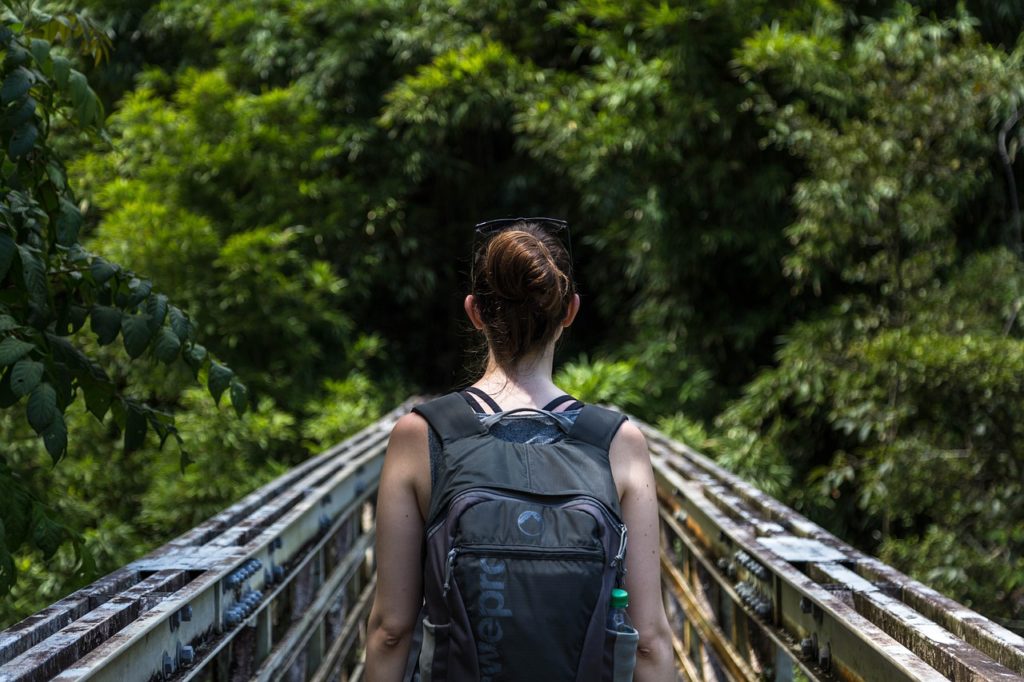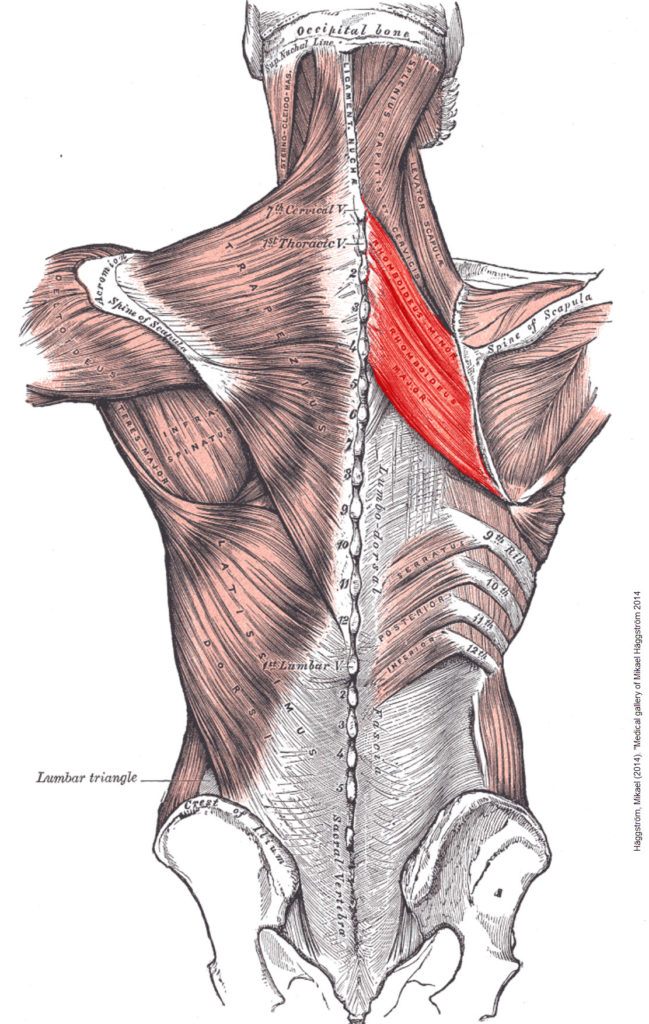
There’s nothing like quality time on our favorite trails taking in the fresh air & exquisite views.
Not only does it offer us respite from the drivel & discord of everyday life, but also a key opportunity to get our legs moving & our hearts pumping.
But once you’ve graduated from easier walks to more rugged hikes that require you to carry more gear, layers, water & snacks, you’ll find that your pack becomes heavier to keep you safe for these tougher trips.
And if you haven’t already learned from experience, a heavier pack – even when you “pack light” – equals a greater strain on your increasingly cranky back.
Unfortunately, our “back” is a catch-all term for several muscle groups. And within that rag tag bunch of bastards are two small muscles that are hidden underneath the larger, more prominent muscles that get all the glory.
Now, if I’ve learned anything from life with my 33-gram budgie – who rules my household with a mix of fearlessness & belligerence that I can only hope to achieve someday – it’s don’t underestimate the little guy.
Because those little guys can burst in like a hurricane & make you wish you were never born.
And after several hours with a pack weighing on your shoulder blades, our friends the rhomboids often manage to do just that.
Rhomboids Gone Rogue
Before we dive in further, let’s get familiar with these mofo’s, shall we?

There are actually two rhomboid muscles – the major and the minor – though they both function to attach the scapula (or shoulder blade) to the vertebral column. And they’re responsible in part for retracting & depressing the shoulder blades.
They lie under the trapezius, or “traps” as they’re often called, and not far above the latissimus dorsi, or “lats” – two of the largest muscles in your back. So it’s easy for them to get lost in the shuffle.
That is, until your shoulder blades have been arguing with your pack all afternoon – with your pack putting constant tension on them to retract & pull downwards while your body is trying to stay upright (and likely pulling your shoulders forward in the process).
And guess who’s caught in the middle of that catfight? You guessed it.
How to strengthen these cranky nobs
When most people think of hiking, backpacking & the like, they think of cardio & lower body. But given the breadth of strength, mobility, stability & balance required, these are truly full-body activities. So be sure when you’re conditioning off-trail that you incorporate full body work into your resistance training.
For your upper body, there are two general types of movement patterns:
- Upper body push (i.e. pushups, overhead press)
- Upper body pull (i.e. pull-ups, cable row, lat pulldown)
If you want to break it down even further, you can consider the planes of movement as well:
- Upper body push
- Horizontal (i.e. push-up – pushing yourself off the ground or having to climb laterally along a rock scramble)
- Vertical (i.e. overhead press – lifting a kayak overhead)
- Upper body pull
- Horizontal (i.e. seated row – pulling yourself up a steep incline with a small tree or with the help of a friend’s hand)
- Vertical (i.e. pull-ups – climbing a steep incline/rock scramble)
We can dive into those details another time, but for the purpose of the rhomboids, pull exercises are key. Because remember – they’re helping to retract the shoulder blades – or to pull them back.
More specifically, many of the “row” exercises can be helpful, as well as flys & band pull-aparts.
Any good upper body session should include pulling exercises already (in addition to push). And if you work with a trainer, they can help you develop a program that will strengthen these bad boys & leave you feeling stronger on the trails.
Sample Exercises
If you’re looking for a few examples to get you started, try these movements on for size.
Don’t forget
In addition to resistance training, you can also schedule some time with a Licensed Massage Therapist to help you de-stress AND improve functionality.
To find one near you, you can always ask a friend or your local gym who they recommend. If you come up empty, try searching via the American Massage Therapy Association HERE or Associated Bodywork & Massage Professionals HERE.